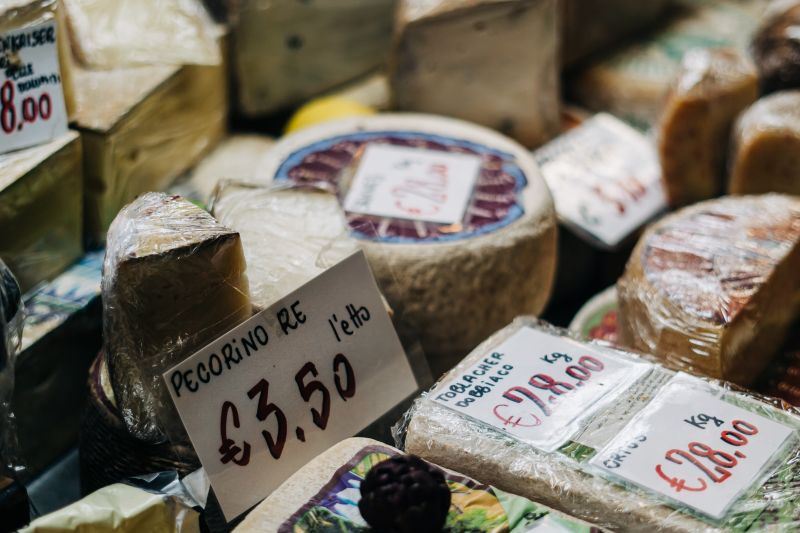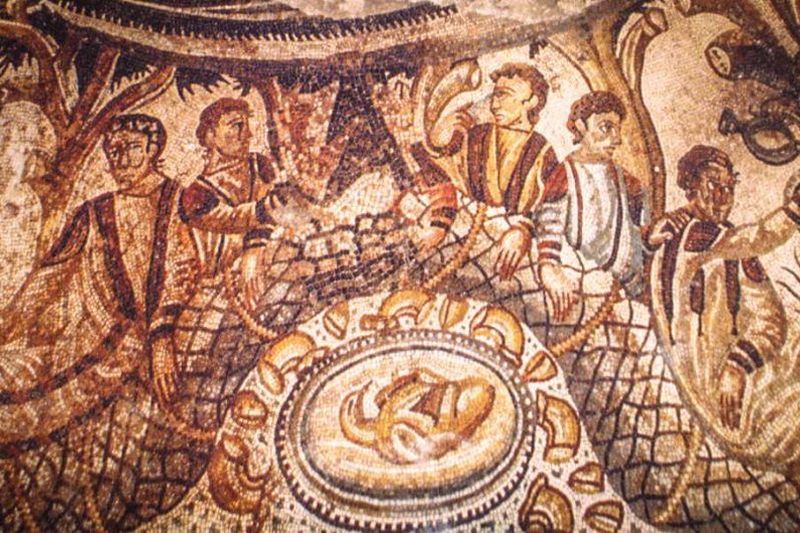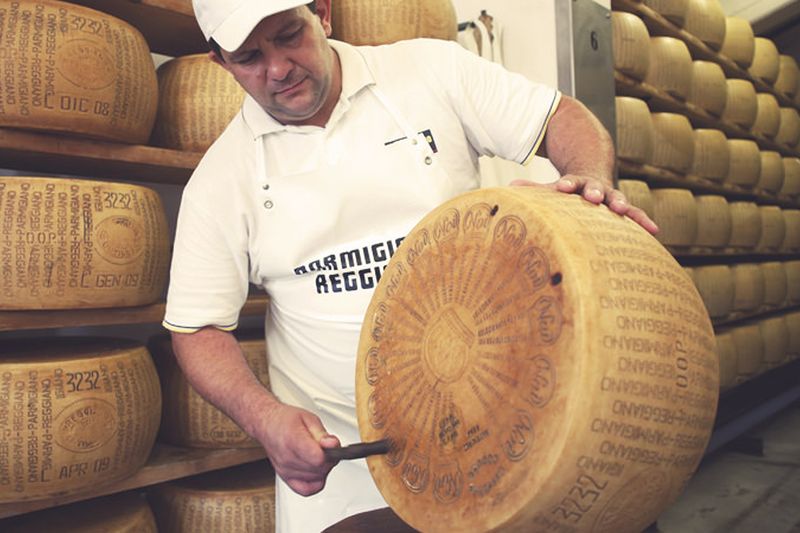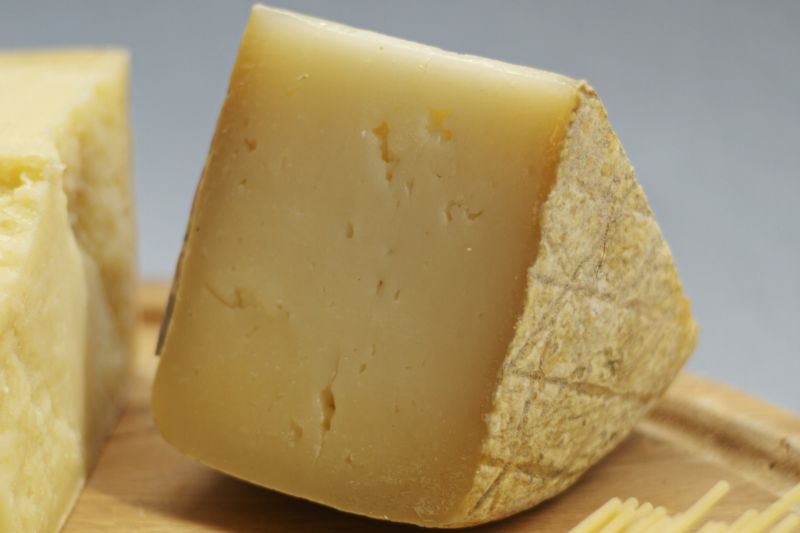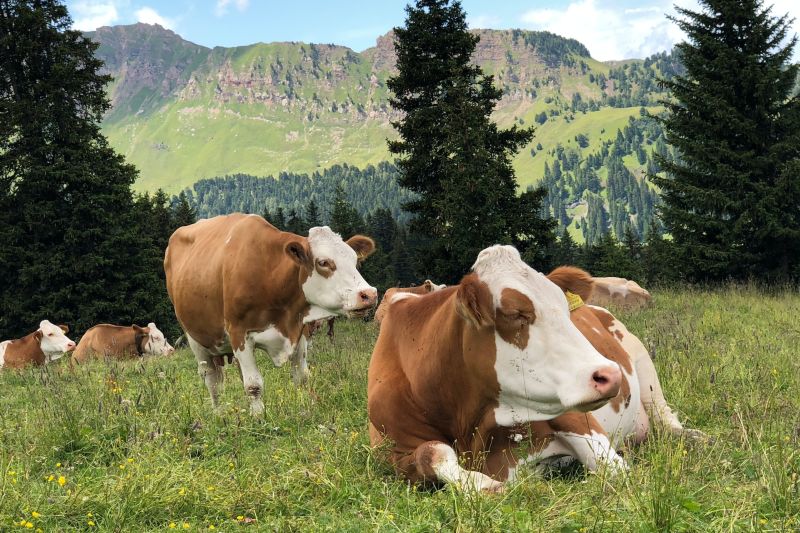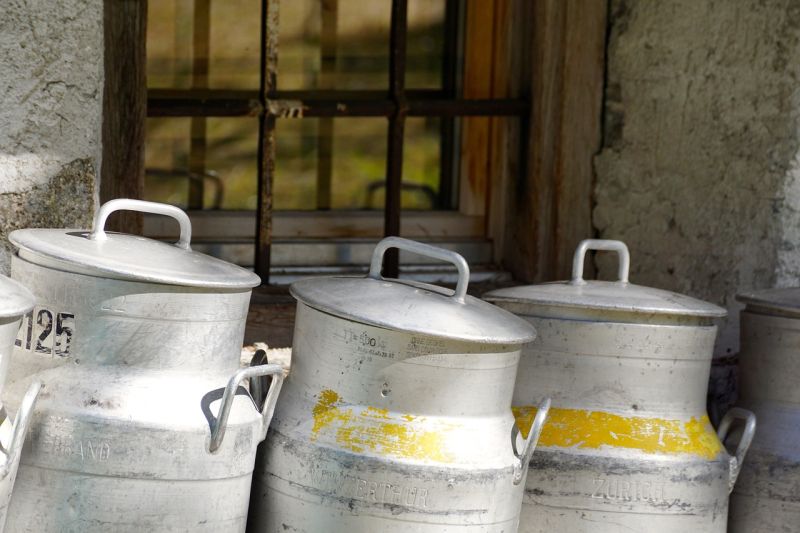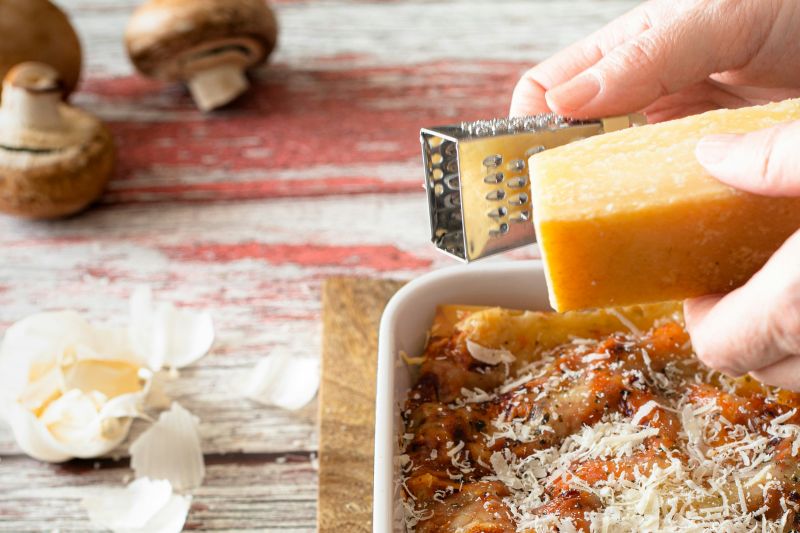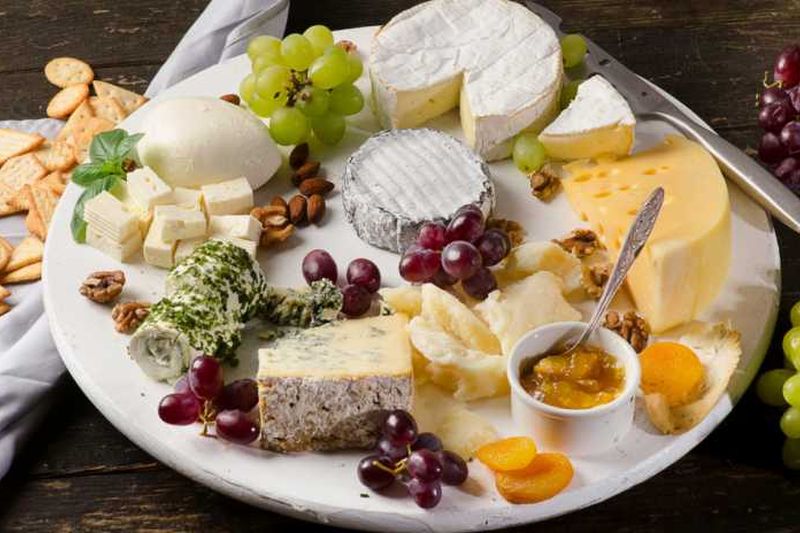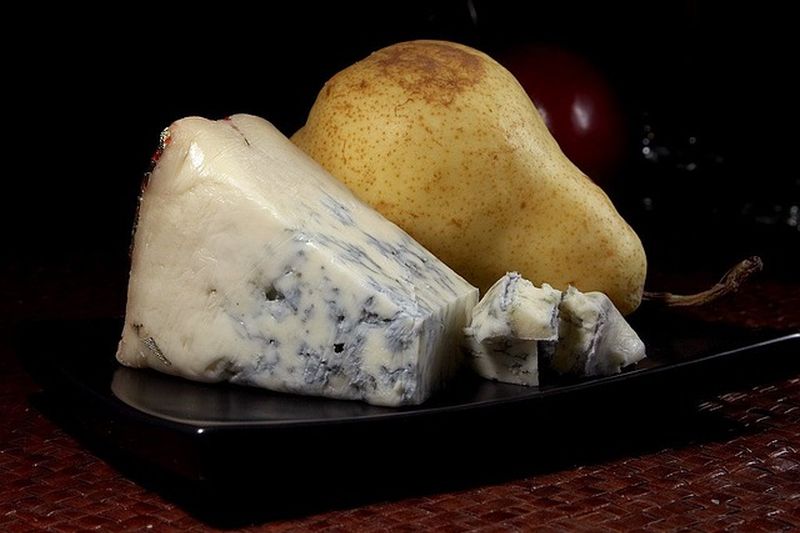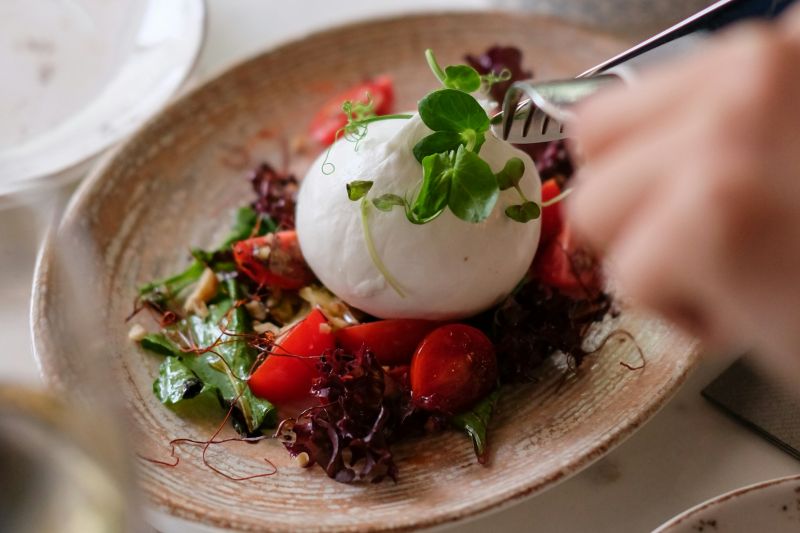Cheese which has not been pasteurised is called natural cheese, whose production process allows the chemical interactions to occur naturally.
The curd is the white mass, or “dry matter,” produced when milk curdles. Curdling can be caused naturally by bacteria in raw milk or using a lactic acid “starter” in pasteurised milk.
Whey is the thin, watery part of milk which is separated from the curd during the process of cheese-making.
Pressed cheeses are those whose curd has been placed in a mould to shape the finished cheese. Formaggio di Capra is the term for all Italian goat’s milk cheeses (Capra being the word for goat in Italian), while pecorino (lamb) is the Italian term for ewe’s-milk cheese.
Double Cream cheeses contain between 60% and 74% butterfat content; Triple Crème cheeses contain more than 75% butterfat content. In both these cheeses, the milk has been enriched with cream.
A blue-veined cheese is one which has veins of blue or blue-green mould throughout its interior. All blueveined cheeses are cured and mould injected. They are usually strong cheeses.
Cheeses vary in the length of time required for them to reach their optimum state. The French refer to this as the affinage – the curing, ripening, and maturing of cheese. During curing, a natural cheese matures, undergoing the changes required for it to achieve its optimum flavour under specific conditions of temperature and humidity. The process often occurs in a “cave”, a natural cave or cellar for ripening and storing cheeses.
A bloomy-rind cheese is one whose rind, or crust, has become covered with a growth of white mould; specks of brown, pink or red may also be present. Bloomy-rind cheeses may be either surface-ripened or washed-rind.
Surface-ripened cheeses have been ripened due to the presence of bacteria, mould or yeast on the rind’s surface.
Washed-rind cheeses have been washed or rubbed during the ripening process with brine, whey, wine, beer, brandy, or oil to keep the cheese moist and encourage bacterial growth. Some cheeses are washed with marc, a spirit made from the distilling of grape pressings.
Another term which encompasses both surface-ripened and washed-rind cheese is the soft-ripening cheese, those which have soft bodies and which tend to be smooth and creamy.
Fresh cheeses are those which have not been cured.
 Italian
Italian
 English
English Spanish
Spanish French
French German
German Norwegian
Norwegian Portuguese
Portuguese Swedish
Swedish Russian
Russian Simplified Chinese
Simplified Chinese Japanese
Japanese
